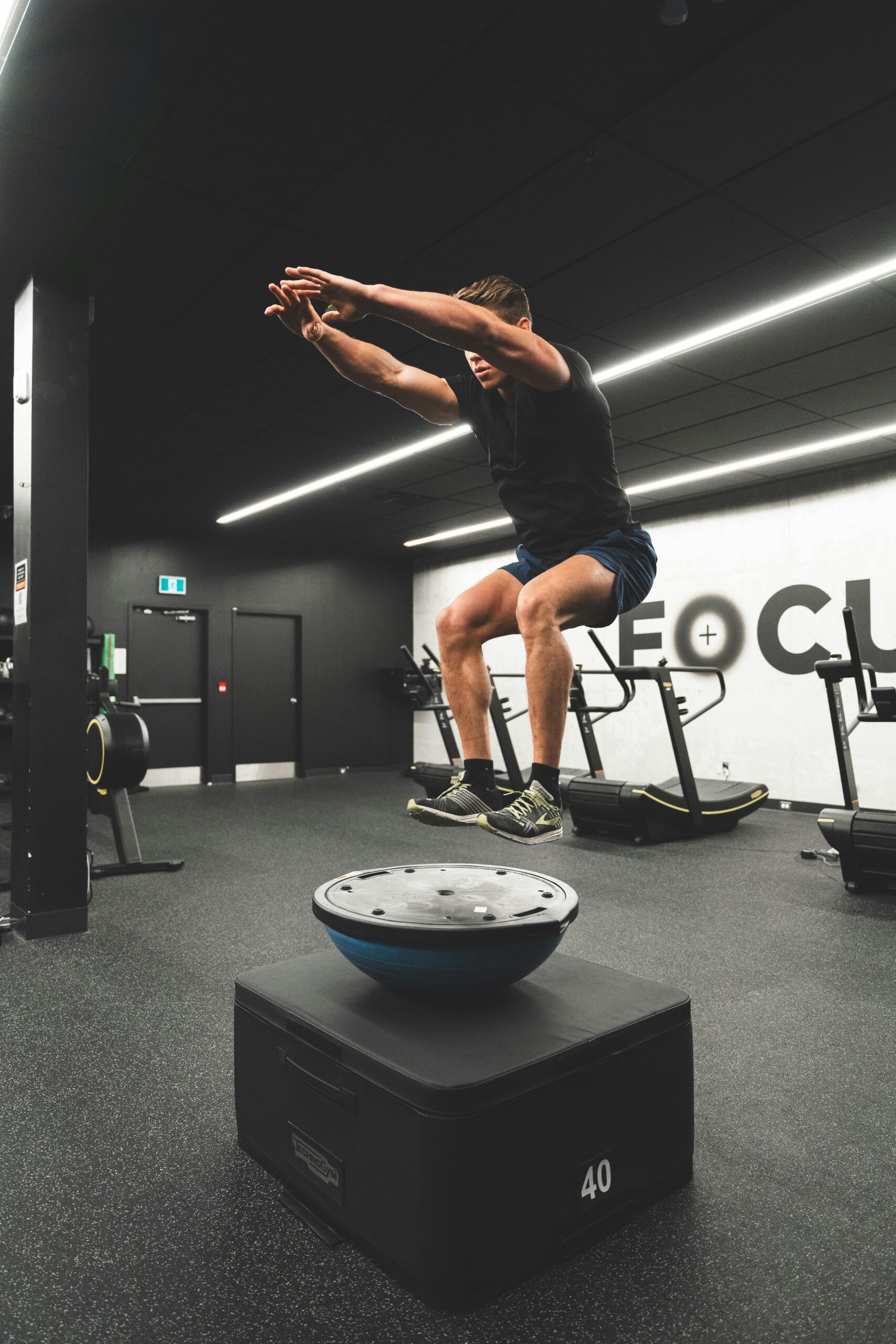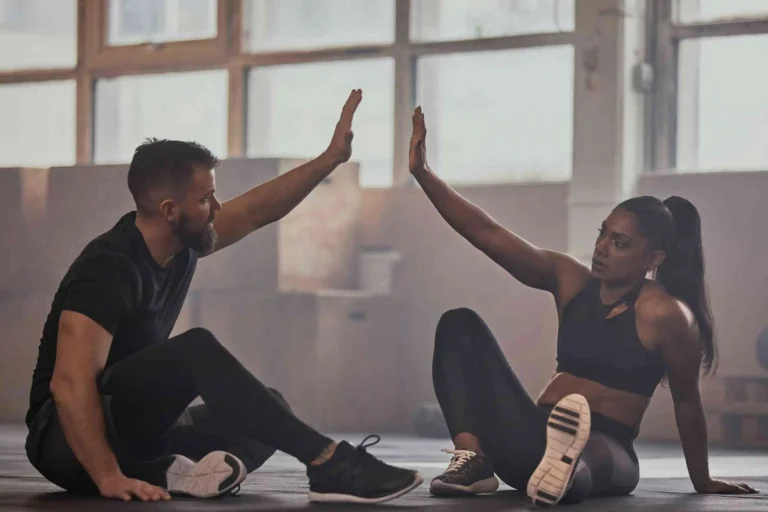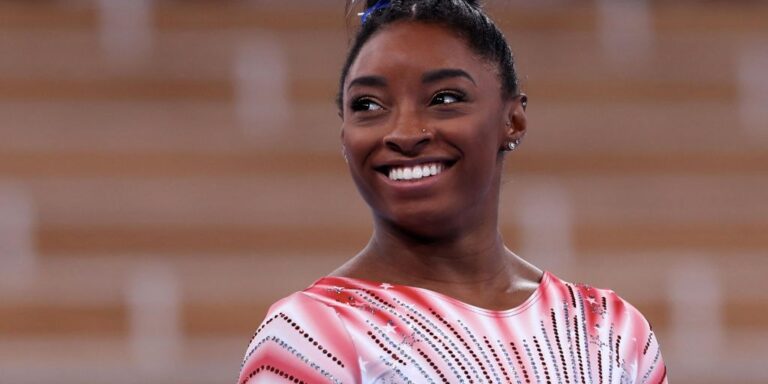Fitness Fads: What Works and What Doesn’t in 2024
As we forge ahead into 2024, the fitness world continues to evolve with new trends and fads promising quick results and transformative experiences. From high-tech workout gear to ancient exercise forms making a comeback, it’s easy to get lost in the sea of options. In this post, we’ll explore the latest fitness fads, separating the wheat from the chaff to help you decide which trends might be worth incorporating into your routine.
High-Tech Fitness: Smart Gyms and VR Workouts
What Works: Virtual reality (VR) fitness has taken the workout world by storm, offering an immersive experience that makes exercising an adventure rather than a chore. Programs like VR cycling through digital worlds or combat games that require body movement can increase physical activity and make it fun, especially for those who dread traditional workouts.
What Doesn’t: While technology enhances the workout experience, relying solely on high-tech gadgets without focusing on the basics of fitness—strength, endurance, flexibility, and balance—can lead to imbalanced fitness regimes. Moreover, high costs and the need for regular updates can make these tech-based workouts less accessible to the average person.
Back to Basics: Bodyweight Training and Outdoor Activities
What Works: The resurgence of bodyweight training and outdoor activities reflects a shift towards simplicity in fitness. Programs that focus on functional movements such as push-ups, pull-ups, and squats are not only effective but also sustainable. They can be performed anywhere, anytime, without any equipment. Similarly, outdoor activities like hiking, biking, and swimming provide excellent cardiovascular benefits and have been shown to improve mental health.
What Doesn’t: Overly complicated routines that require extensive preparation or travel time can quickly become unsustainable for the average person. Fitness should fit into your life, not become a burden.
Diet and Exercise Combos: Ketogenic Diets and Intermittent Fasting
What Works: When paired with exercise, some dietary adjustments can enhance fitness results. For instance, the Mediterranean diet, rich in fruits, vegetables, lean proteins, and healthy fats, has been linked with longevity and reduced rates of chronic diseases. It also provides ample energy for most exercise routines without being overly restrictive.
What Doesn’t: Extreme diets like severe ketogenic regimes or aggressive intermittent fasting can lead to burnout, nutritional deficiencies, and even health risks if not properly managed. Fitness is about balance and sustainability; any diet that feels more like punishment than a healthy routine might not be suitable.
Mind-Body Fitness: Yoga, Tai Chi, and Pilates
What Works: The continued popularity of yoga, Tai Chi, and Pilates is well-deserved. These practices not only enhance physical flexibility and core strength but also promote mental well-being through deep breathing and mindful exercises. They can be particularly beneficial for stress reduction and are accessible to all age groups and fitness levels.
What Doesn’t: While these practices are fantastic for overall well-being, they might not meet everyone’s fitness goals, especially those looking to significantly increase muscle strength or cardiovascular endurance. Combining them with other forms of exercise can provide a more balanced fitness regimen.
Group Fitness Craze: Bootcamps and Spin Classes
What Works: The camaraderie in group fitness settings like bootcamps and spin classes can be incredibly motivating. These environments often push individuals harder than they might push themselves alone. The structured setting and group dynamics provide a supportive atmosphere that can lead to consistent participation and better results.
What Doesn’t: However, the one-size-fits-all approach of some group classes can be a drawback for people with specific fitness needs or limitations. It’s important for instructors to offer modifications and for participants to be aware of their own bodies to avoid injury.
Home Workout Subscriptions: Streaming Fitness Classes
What Works: The rise of streaming fitness classes has democratized access to exercise, allowing more people to engage in guided workouts from the comfort of their home. These subscription services cater to a wide range of interests and fitness levels and can be a great way to stay fit when you can’t get to the gym.
What Doesn’t: Without the physical presence of a trainer, it can be challenging to get feedback on your form and technique, which can increase the risk of injury. It’s crucial for practitioners to be self-aware and possibly seek occasional in-person coaching to ensure they are performing exercises correctly.
As we navigate through the fitness trends of 2024, the best approach is one of balance and self-awareness. Try out new things but stay grounded in the principles of good health: regular physical activity, a balanced diet, and sufficient rest. Listen to your body and be willing to adjust your fitness strategy based on your needs and lifestyle changes.







